News from OpenStreetMap's classic raster tile map software stack
pantierra님이 English로 2021년 8월 9일에 게시함.mod_tile, consisting of libapache2-mod-tile and renderd, to instruct Mapnik to generate raster tile images and deliver them via a web server has reached version 0.6 through a broad and constructive collaboration among Free and Open Source Software contributors. And the installation packages have recently become part of Debian and Ubuntu.
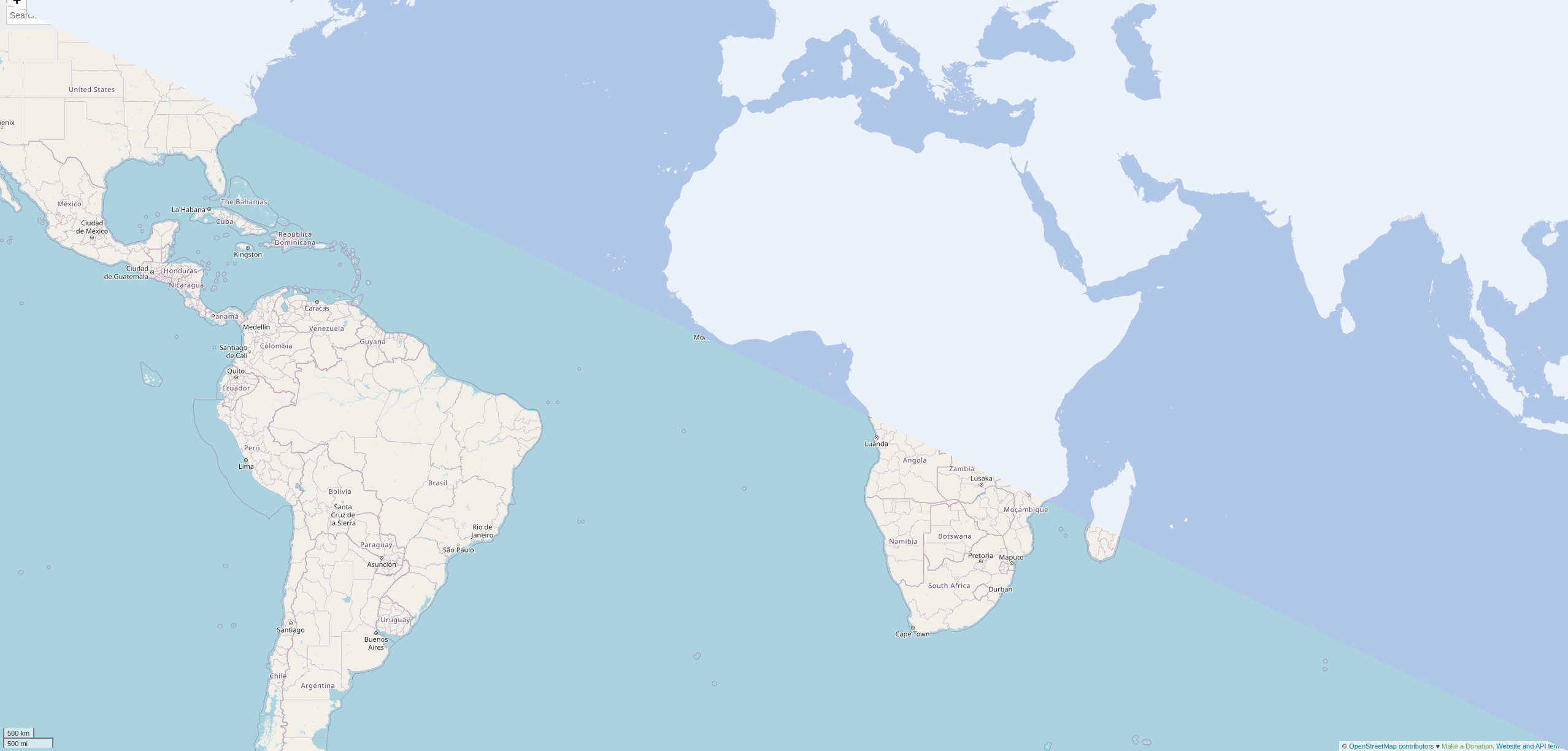
OpenStreetMap.org and many other web map tile servers are using mod_tile with Mapnik to generate and render raster tile images and with Apache2 to make them availabe serving on a webserver. For example for providing a slippy map on the web.
mod_tile has been been actively implemented between 2008 and 2014 by a core group of contributors. The last release was nine years ago when I assumed responsibility for maintenance, at the same there were also many good code suggestions waiting in the pipeline as pull requests on Github.
… 모든 항목 보기


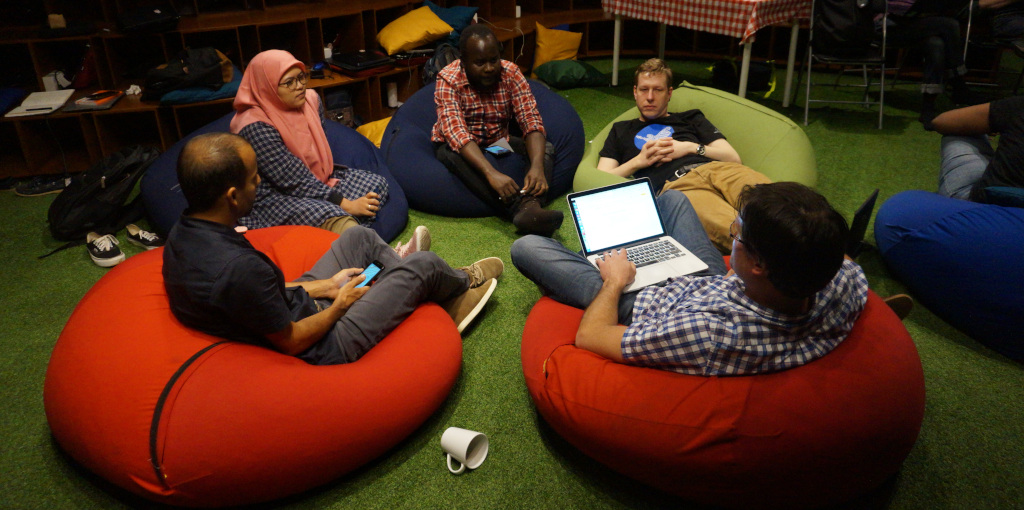
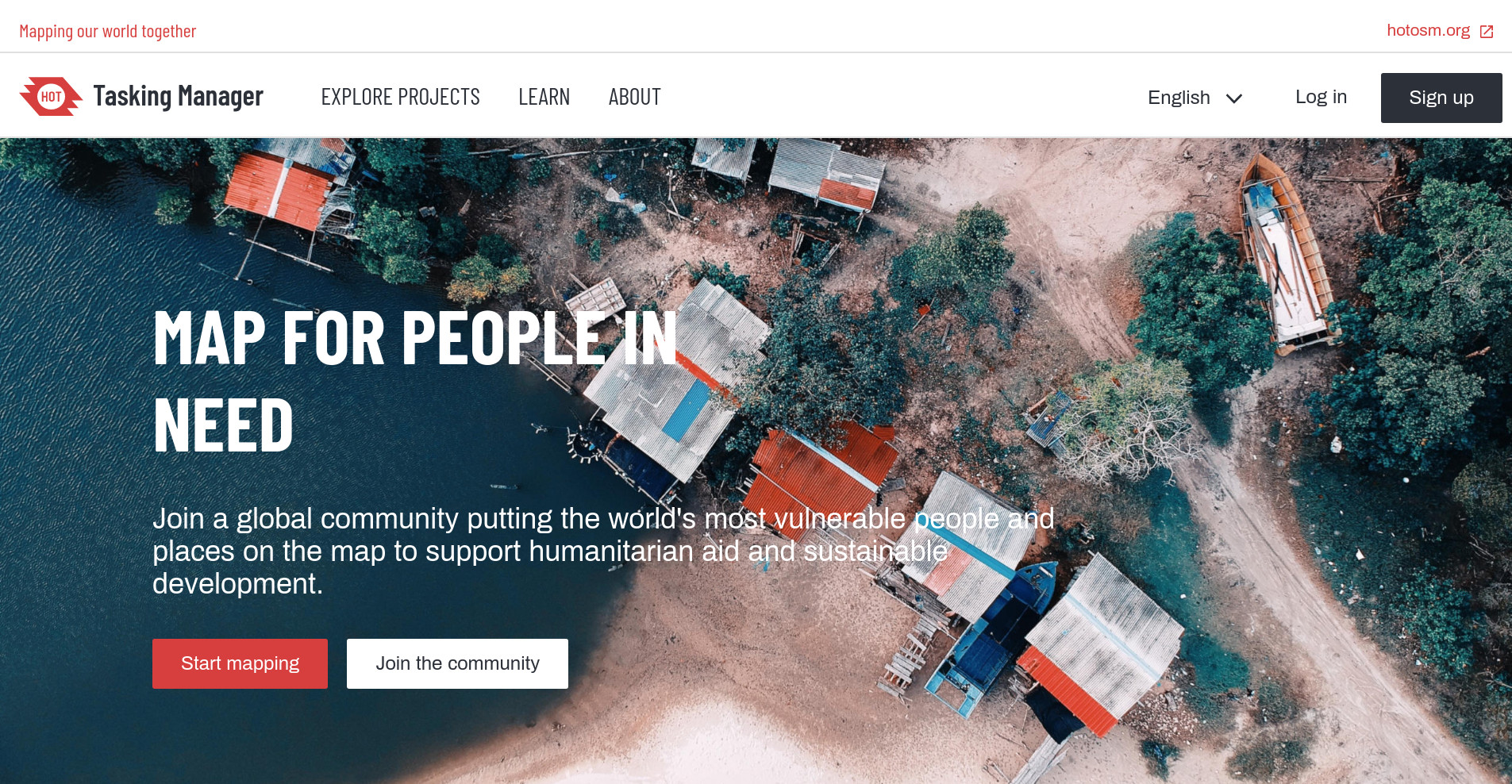
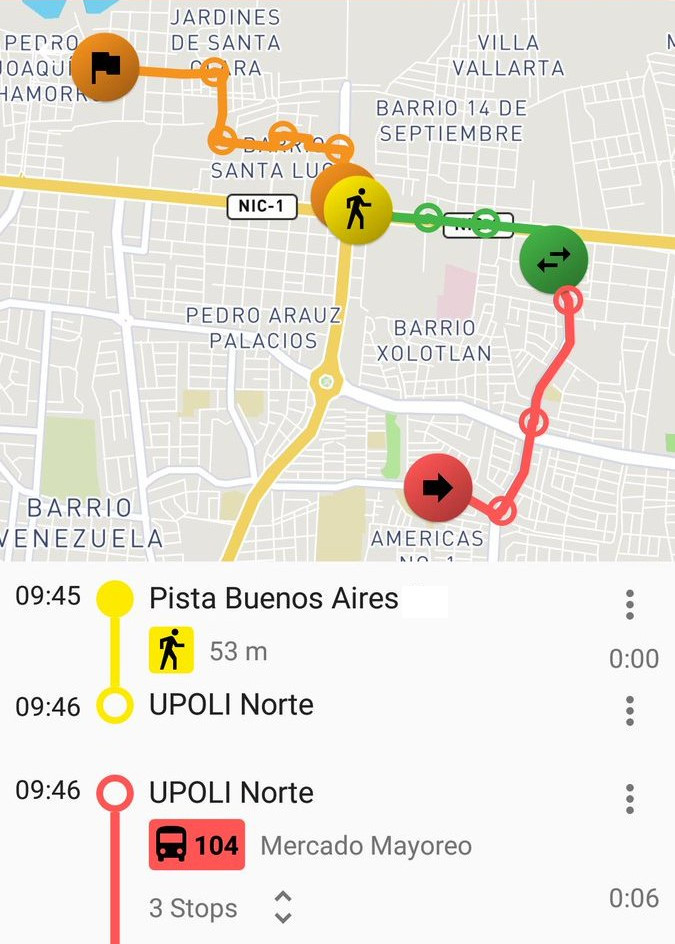
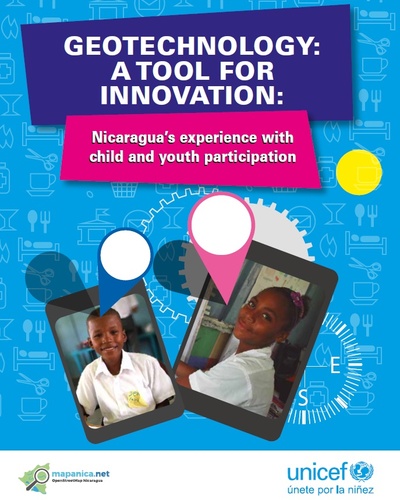 Over the last years several individuals of the
Over the last years several individuals of the 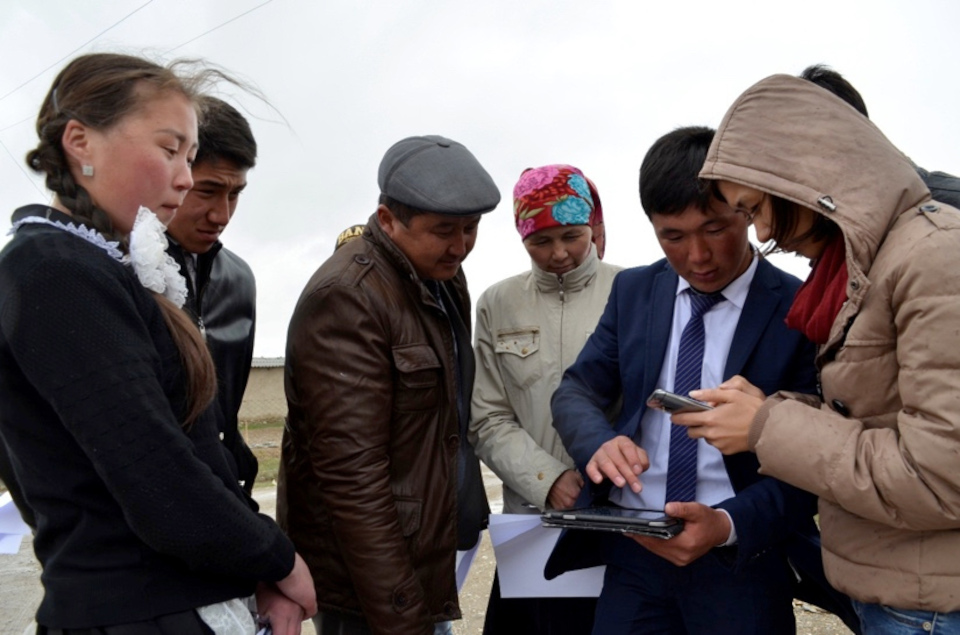 For the two students Taalaikul (15), Ulsana (16) and their teacher Kaiyrgul from the remote village of Jani-Talap, which lies on the edge of the roof of the world - on the Himalayas in the Tien Shan Mountains in Kyrgyzstan - water is the central theme. In the spring, the area is regularly flooded during the snowmelt, but after a few weeks, the wide river bed, which runs past the edge of the village, dries out for the rest of the year. The environment of the village appears dry and barren in summer, snowy in winter. The modesty of the people, but also their poverty can be felt and seen in the village. People make the most of it, having impressive patience and work together to improve the living conditions in this almost forgotten village that is hardly to find on any map.
For the two students Taalaikul (15), Ulsana (16) and their teacher Kaiyrgul from the remote village of Jani-Talap, which lies on the edge of the roof of the world - on the Himalayas in the Tien Shan Mountains in Kyrgyzstan - water is the central theme. In the spring, the area is regularly flooded during the snowmelt, but after a few weeks, the wide river bed, which runs past the edge of the village, dries out for the rest of the year. The environment of the village appears dry and barren in summer, snowy in winter. The modesty of the people, but also their poverty can be felt and seen in the village. People make the most of it, having impressive patience and work together to improve the living conditions in this almost forgotten village that is hardly to find on any map.